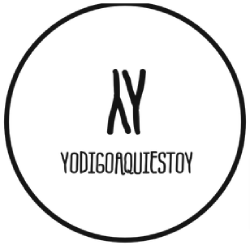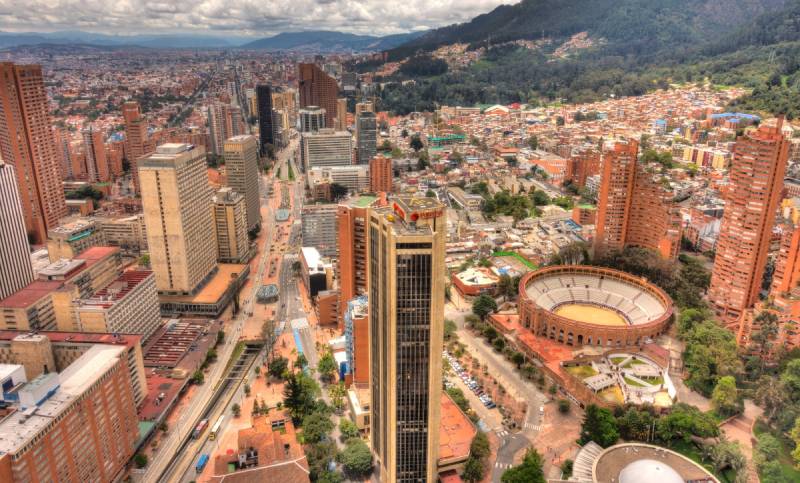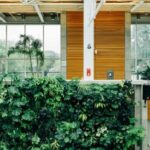The capital of Colombia, Bogotá was the home to the locale’s native individuals, the Music, when the Spanish came around pillaging gold and assets, and it’s been the country’s principle city from that point onward.
Before I went, everybody let me know Escorts Bogota wasn’t a thing exceptional: messy, swarmed, hard to get around, and without the appeal of the other huge urban communities in Colombia.
It seemed like the most “Colombian” city I visited. Dislike the gringofied urban areas in the remainder of the country. Its “dirty” nature spoke to me.
Bogotá was a dynamic, vivacious city I was unable to get enough of.
The gallery scene is unimaginable, there’s a ton of history, a blooming craftsmanship local area, an interesting food scene, a wild nightlife, and very inviting individuals.
It is likewise a colossal city with a huge load of visits, roadtrips, and different activities. You could undoubtedly spend seven days here.
To assist you with making the most out of your visit, here are my top things to see and do in Bogotá.
Take a Free Walking Tour
One of my cherished activities when I get to another objective is to take a free strolling visit. It’s an extraordinary method for getting the lay of the land, see the primary sights, and have a neighborhood master answer all of my inquiries.
Beyond Colombia has an incredible free strolling visit that will give you a strong prologue to the city. It additionally has a free food visit, which is a marvelous method for experiencing a few neighborhood Colombian dishes (you’ll spend around 18,000 COP/$6 USD on nourishment for the visit). Simply make certain to tip your aides!
For a more particular visit, look at the Bogotá Graffiti Tour. This one works by gift, utilizing the cash brought to reinvest up in future local area craftsmanship projects.
See the Salt Cathedral
Situated with regards to an hour’s drive from the city in Zipaquirá, the Salt Cathedral is a Roman Catholic church that was underlying the passages of an old salt mine. It’s 200 meters subterranean, making this one of the more remarkable strict destinations in the nation, if not the world. Each Sunday, up to 3,000 individuals go to faith gatherings here.
Walk around the Botanical Gardens
Opened in 1955, the Botanical Garden of Bogotá is home to right around 20,000 plants. There is an attention on provincial plants, typically those that are endemic to the Andes and other high-elevated districts of the mainland. It’s a truly quiet spot to stroll around, and there are some food slows down neighboring, so you can get a light meal as you investigate the nurseries and peruse the extraordinary blossoms and trees.
Go to Gringo Tuesdays
This is a week after week language trade that advances into a worldwide party. Each Tuesday, you can meet with different local people and explorers for a couple of long stretches of discussion. When that is finished, the genuine party starts and goes until quite a bit later. It’s a fun, social night out assuming that you’re looking meet individual voyagers. A ton of inns sort out party transports to the occasion, so assuming that you’re coming from La Candelaria, this is a decent transportation choice.
Visit the Museo del Oro (The Gold Museum)
This is the most intriguing historical center with regards to the whole nation and sees over a large portion of 1,000,000 vacationers consistently. Opened in 1939, the Gold Museum archives the significance and utilization of gold in pre-Hispanic civic establishments in Colombia and is home to north of 55,000 gold things. There’s a ton of data to take in, so make certain to get the sound aide (8,000 COP) or go along with one of the day by day free visits.
Climb Monserrate
Standing tall at more than 3,000 meters, you can see Monserrate from basically wherever around. It’s a well known spot to take in the view, and since there is a congregation at the culmination, it’s additionally a famous spot for nearby weddings. You can stroll up yourself in less than 60 minutes, or you can take a trolley or funicular to the top. Remember that the stroll up isn’t that protected around evening time or alone – hoodlums investigate the course. Watch out!
Look at the Museo de Botero
Established in 2000, this historical center is home to one of Latin America’s most significant workmanship assortments. The historical center was made after Fernando Botero gave many his works to the Banco de la República de Colombia with the guarantee that they would be shown in a free exhibition hall so that everybody might be able to see. Notwithstanding his own pieces, remembered for the gift were works by Monet, Picasso, and other world-popular craftsmen. Take a free visit or get the sound aide (not free).
Meander the Usaquén Market
Each Sunday, craftsmans line the cobblestoned roads to sell a wide range of nearby artworks and products. While it’s normally alluded to as a swap meet, things here are a piece more pleasant and more upscale than a portion of different business sectors. It’s still very reasonable, however, and makes for a great method for going through the day.
The market runs 11am-4pm each Sunday in Usaquén.
Investigate La Candelaria
I truly cherished this area. This is the old piece of Bogotá. You can meander the tight cobblestone roads and take in the mixed design, with craftsmanship deco, frontier, and florid styles all calling the local home. A considerable lot of the city’s best attractions (likewise, numerous inns) are here as well, like the Botero Museum, the Gold Museum, and a few temples and colleges. Observe unrecorded music while hanging at Plaza Chorro de Quevedo, attempt the neighborhood chicha (a beverage produced using corn, frequently matured to be alcoholic) as an afterthought roads, and take in a portion of the astounding eateries in this region.
Find the National Museum of Colombia
Arranged in the core of Bogotá, this is the most seasoned and greatest historical center in the whole nation (and one of the most established on the mainland). Worked in 1823, it’s home to more than 20,000 bits of workmanship and authentic antiques, some dating as far back as 10,000 BCE. The structure was really utilized as a jail at first (it most certainly looks forcing) until it progressed into an exhibition hall in 1946. To dive more deeply into the country, this exhibition hall is an unquestionable requirement.



